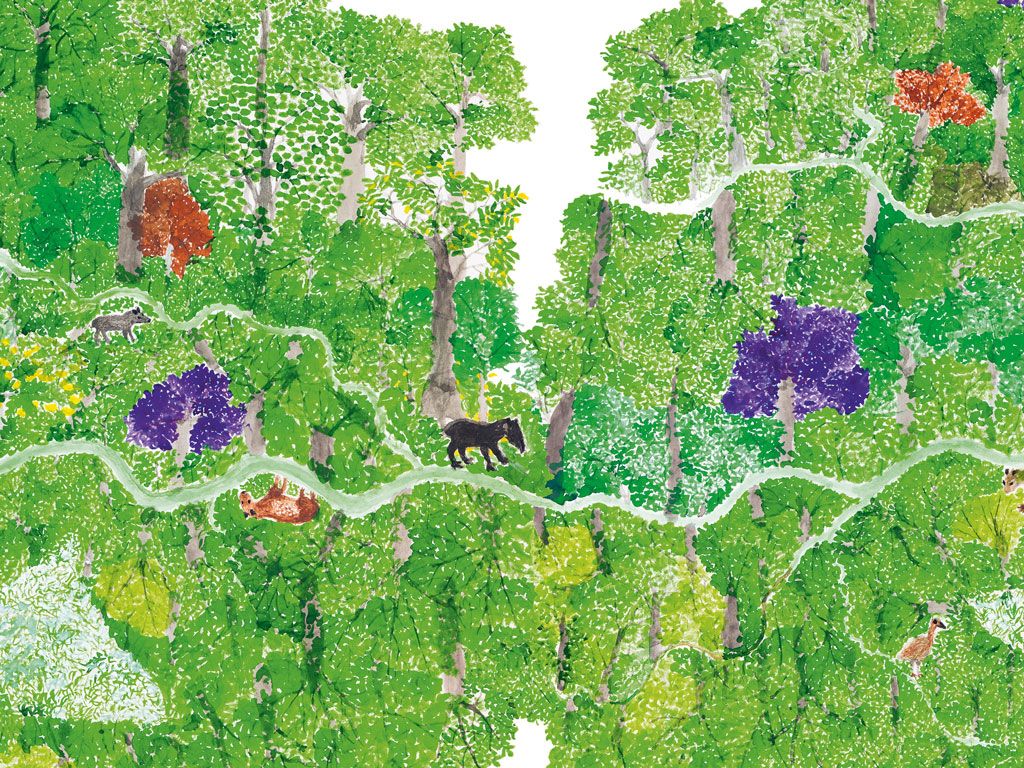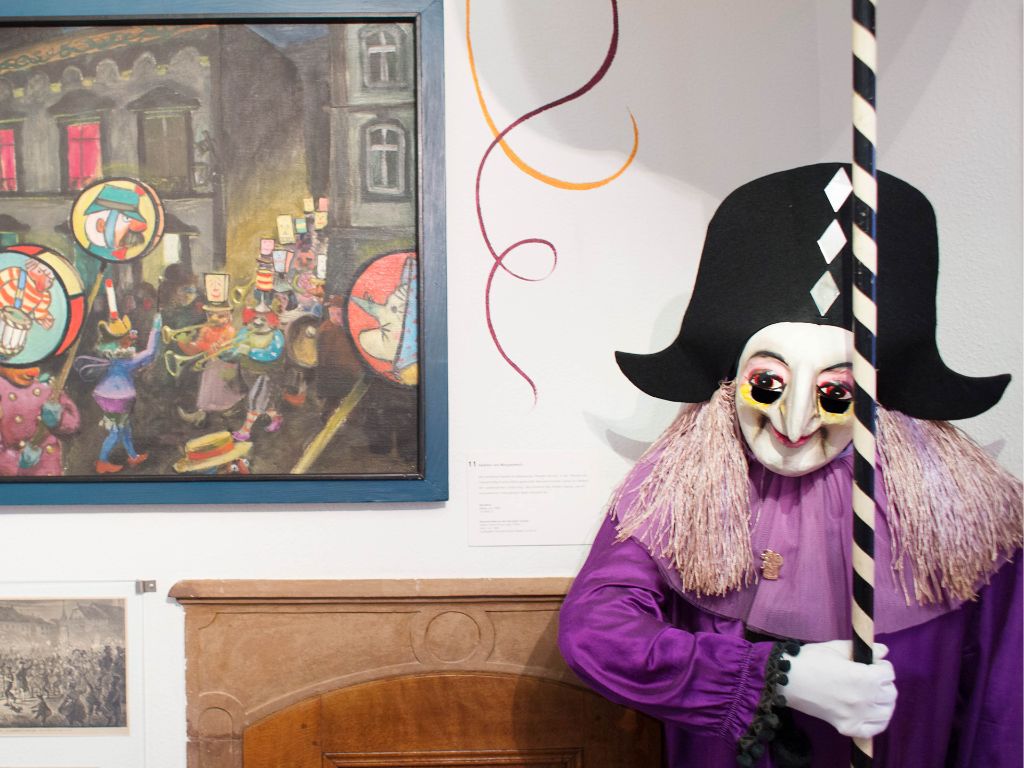The relationship between trees and humans is existential. What significance Christmas trees, the tree of life and the world tree have is shown by diverse representations and narratives from across the world featured in this year’s Christmas exhibition.
Christmas trees have lit up our homes during the advent season to celebrate the birth of Christ ever since the 16th century.
To mark winter solstice on December 21st, it was common in central Europe to gather evergreen branches from the forest. They nurtured the hope for the return of spring.
Little firtrees from Mexico and pyramids with the Christmas tree from the Ore Mountains open the exhibition.
Sentient beings
Trees are among the largest and oldest beings in the world, making them stand for life, community, and the cosmos. Trees join heaven and earth, the celestial realms and the underworld. Artefacts, textiles and pictures as well as stories, poems, songs, and ceremonies show how varied the relationships between trees and humans are.
Symbols
Siddhartha Gautama, the later Buddha, meditated under a Pipal tree until he attained liberation from the eternal cycle of suffering. The Tree of Awakening, bodhi, has become a symbol of Buddhahood. In the exhibition the tree is represented on a stone relief.
In Mexico, the tree of life connects the story of the biblical tree of knowledge with indigenous notions of the live-giving force of trees. In the shape of candle holders they are carried in processions at summer solstice and presented to bridal couples.
Protagonists
The world tree is one of the main characters in the Indonesian puppet theatre. Often the figure is a blend of fig tree and lotus, bringing together creativity and fire with purity and perfection. It embodies the cosmos and key cultural values.
The Swiss author and photographer Zora del Buono visited the oldest and largest trees in Europe and North America. She shows impressive images from the “life of the mighty”. Visitors are invited to listen to their amazing stories.
.svg)




